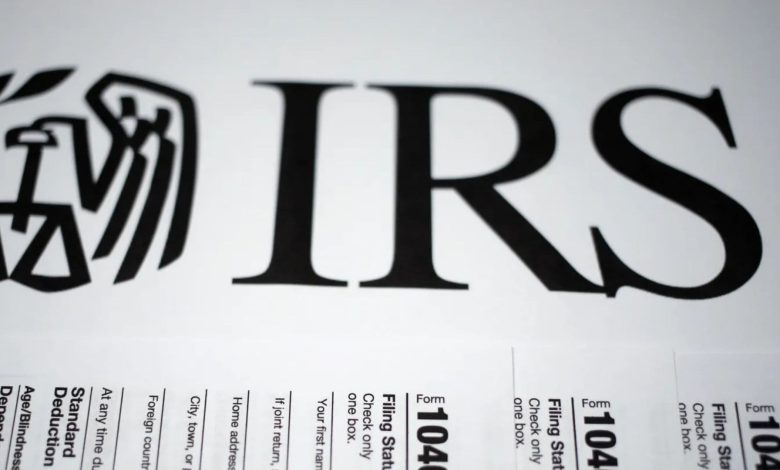
For 2025, the IRS announced it began accepting and processing 2024 individual returns on Monday, January 27, 2025, which kicked off the filing season for e-file and paper submissions alike, and set the earliest window for direct deposit refunds to start flowing. Opening day matters because early, accurate e-filers with direct deposit generally see the fastest refunds, while late‑season submissions can face heavier verification backlogs and slower processing due to volume. The typical filing deadline for most calendar‑year individuals is April 15, 2025, with disaster‑relief exceptions; an automatic six‑month extension to file is available by submitting Form 4868, though any tax due still must be paid by the April deadline to minimize penalties and interest.
Why The Start Date Matters
The first day the IRS accepts returns effectively starts the refund timeline: file accurately on or shortly after opening day to maximize the chance of receiving funds within the common “up to 21 days” window for error‑free e‑files with direct deposit. Filing early also reduces identity‑theft risk by getting a legitimate return on record before any potential fraud attempt, while minimizing last‑minute scrambling that can produce data mismatches, math errors, or missing forms that stall refunds.
Filing Smoothly, With Less Stress
A tidy prep list helps: Wait for W‑2s and key 1099s (often sent by January 31), verify prior‑year AGI and banking details, and review any life changes that affect filing status or credits. E‑filing with direct deposit remains the fastest track for refunds, and setting up or using an IRS online account helps retrieve transcripts, confirm balances, and resolve small issues before they cause delays. If more time is needed to finalize paperwork, file an extension by the April deadline and make a reasonable payment toward any expected balance.

Deadlines, Extensions, And Practical Timing
Most individual filers face an April 15 due date; if a federal disaster is declared in a locality, the IRS may extend both filing and payment deadlines automatically for affected taxpayers. An extension moves the filing date (generally to mid‑October) but not the payment date, so estimating and paying by April 15 keeps penalties and interest down. Those expecting refunds can still benefit from filing as soon as their documents are complete and accurate, since the IRS processes returns as they come in.
Refund Expectations And Common Pitfalls
Many clean e‑filed returns with direct deposit arrive in roughly three weeks, but returns that include certain credits, have identity checks, or contain errors may take longer. To avoid slowdowns, ensure names and Social Security numbers match records, report all income forms, double‑check bank details, and respond promptly to any IRS notices. If timing is tight in April, consider submitting a precise extension and a careful payment estimate rather than rushing an error‑prone return.
FAQs
- What Day Did The IRS Open In 2025?
January 27, 2025, for 2024 individual returns. - What’s The Filing Deadline For 2024 Returns?
April 15, 2025, for most calendar‑year filers; extension available with Form 4868. - Does Filing Early Help My Refund Arrive Faster?
Yes—especially with accurate e‑file and direct deposit, barring extra verifications. - Can I File An Extension And Still Get A Refund?
Yes, but pay any expected tax by April 15; the return itself can be filed later.